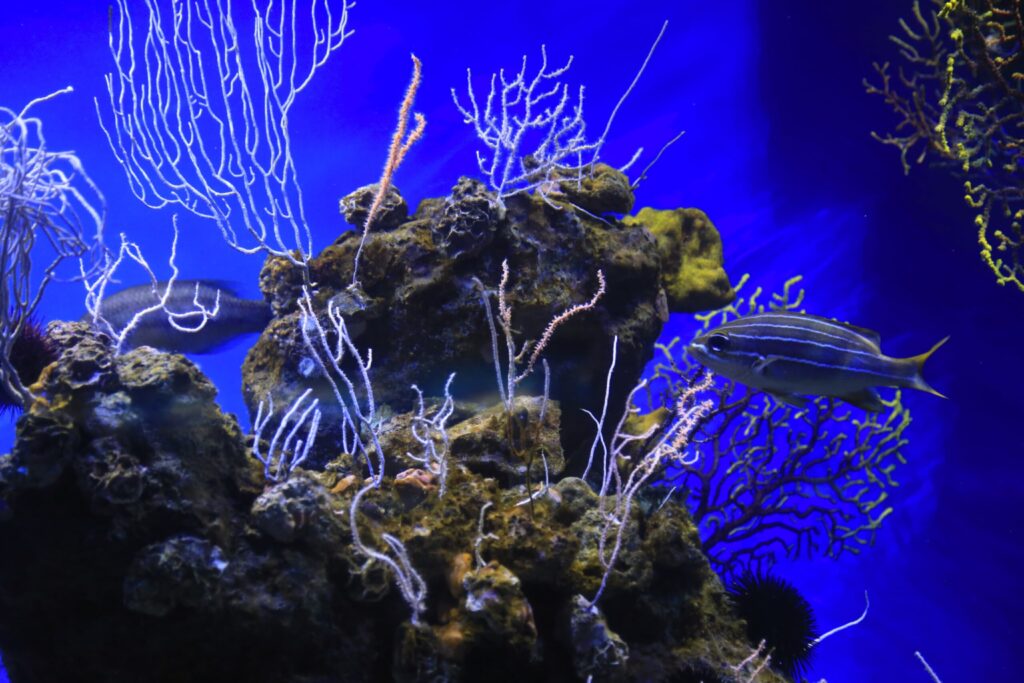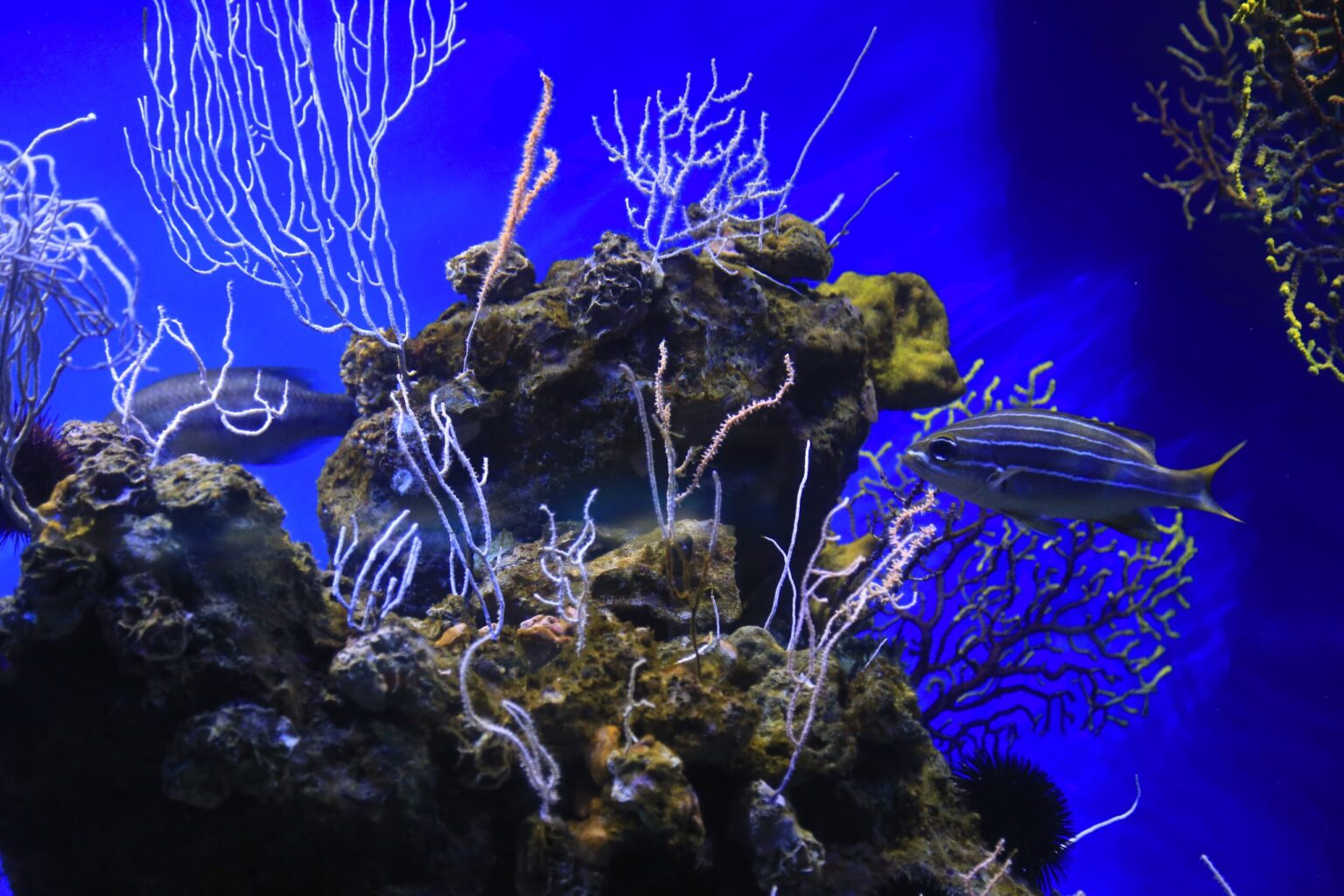What does UV sterilisation actually do? By subjecting aquarium water to intense ultraviolet (UV) radiation, undesired free-floating tiny waterborne bacteria, parasites, fungi, viruses, algae, and other pathogens can be easily removed (referred to as filtration). By modifying the DNA or nuclear material of living cells, UV radiation can have an impact on how well they perform. The creatures eventually die off, ridding the water in your aquarium of these pesky annoyances.

UV sterilisers come in three different varieties: tray type, tube type with wet bulb (not quartz walled), and tube type with dry bulb (quartz lined). For 20–40 gallon aquariums, 4–8 watts are advised, followed by 20–25 watts for 50–100 gallons and 40 watts for larger aquariums. Aquarists have strong opinions about whether to use this technique for water treatment. While some think it’s a waste of money, ineffective, or just good for fish-only aquariums while being unnatural for reef tanks, others believe it has advantages for both types of systems.
The general belief is that a UV light filter is not required if an aquarium owner keeps it clean, keeps it uncrowded, and uses proper quarantine measures when introducing new species. Here are some more factors to think about if you’re debating whether to add a UV light filter or not.
- It works best when it is active continuously.
- If the water is clear, it works best.
- It works best if the bulb is brand-new or is routinely changed (at least every 6-8 months).
- Less than an inch of water must be penetrated by the UV light for it to be most effective.
- The effectiveness may be compromised if the water rushes past the bulb. It works best when the water is exposed to the UV light for a period longer than one second.
- If there is a light obstruction, such as from a salt-encrusted bulb, the effectiveness of UV light may be compromised.
- Once the initial issue has been entirely eliminated from the aquarium, it can aid in preventing future outbreaks of waterborne pathogens.
- Both harmful and helpful organisms are killed by UV light.
- UV light should not be on during feeding time since it can kill helpful tiny creatures that some coral tank occupants may rely on as a food source.
- It won’t remove an ich infestation that is already ON fish or treat a bacterial ailment a fish may have; it simply kills organisms that are free floating in the water as they pass by the UV light.
- Never should it be used when taking any kind of prescription or drug.
- Some dissolved chemical compounds’ structures can also change due to UV.
- DO NOT stare into the bulb since UV light can harm human eyes.
- Always unplug the device before working on it to avoid potential shock in the event that it breaks or becomes wet.
In order to increase the amount of time the intended target organisms are exposed to UV light, UV sterilisers made for use in ponds and aquariums have recently been modified.
Although more recent bulbs are made to last longer, UV bulbs should be replaced every six to eight months. Always change the UV bulb as directed by the manufacturer, as UV production will deteriorate with time. The ineffective UV bulb won’t be producing UV light, even though it might be emitting visible light.
